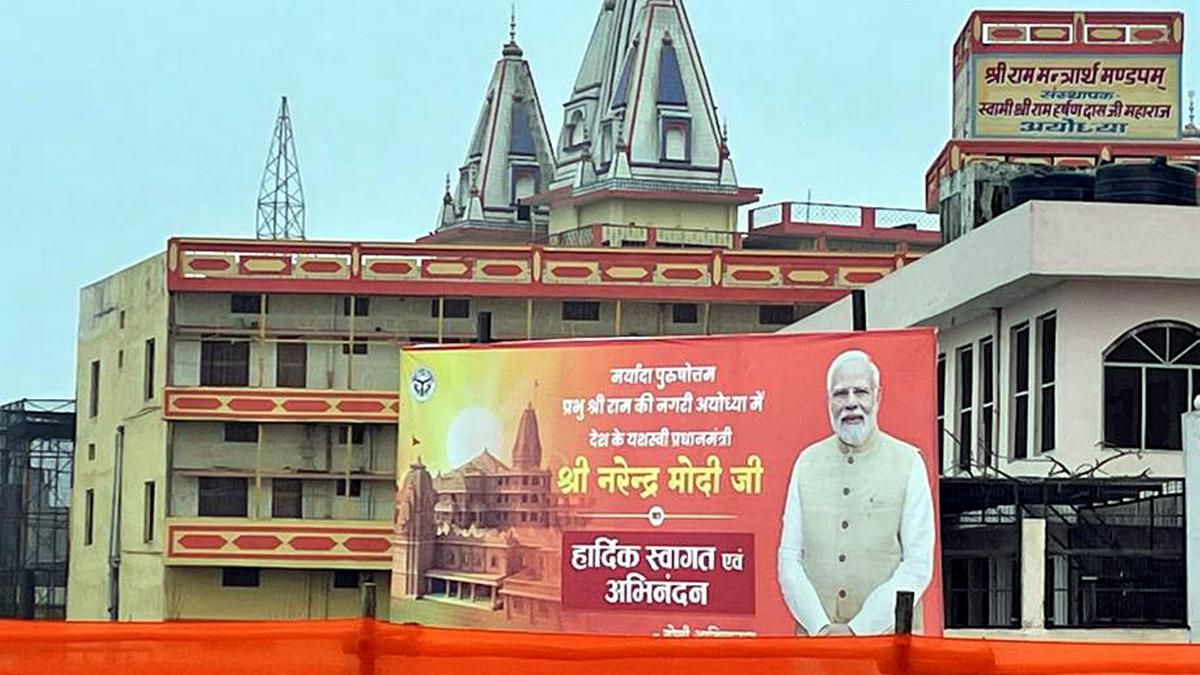
From Article 370, to Ram Temple, to Bharat Nyay Sanhita, second Modi terms draws an ideological arc
The Hindu
If the current tenure of the Narendra Modi-led government began with the abrogation of Article 370, one of the three core objectives of BJP’s ideology, it is bookended by a more fundamental change, that of the statute books themselves in the shape of the new Bharatiya Nyaya and Nagarik Surakhsha Sanhita and the Bharatiya Saakshya Adhineeyum. While the three “core issues” of the BJP – abrogation of Article 370, construction of a Ram Temple in Ayodhya and the implementation of a Uniform Civil Code - are front and centre in any discussion of BJP’s ideology, the decolonisation project as the BJP understands it has been the quieter meta narrative running through it
If the current tenure of the Narendra Modi-led government began with the abrogation of Article 370, one of the three core objectives of BJP’s ideology, it is bookended by a more fundamental change, that of the statute books themselves in the shape of the new Bharatiya Nyaya and Nagarik Surakhsha Sanhita and the Bharatiya Saakshya Adhineeyum.
The three Sanhitas, as they are commonly referred, have replaced the Cr.PC, the IPC and the Evidence Act, and are a large part of what the government has termed its decolonisation project.
While the three “core issues” of the BJP – abrogation of Article 370, construction of a Ram Temple in Ayodhya and the implementation of a Uniform Civil Code - are front and centre in any discussion of BJP’s ideology, the decolonisation project as the BJP understands it has been the quieter meta narrative running through it.
The BJP’s understanding of decolonisation stems from its belief that despite independence from British colonial rule, the country continued to be ruled by a Westernised elite which perpetuated the systems through which privileging of Western ideas and education continued.
While superficial changes such as emphasis on local languages and referring to India as “Bharat” in government communication in English has been around for some time the most fundamental change has been through the Sanhitas.
Responding to the debate on the three Bills in the Lok Sabha, Home Minister Amit Shah said that the Bills “stressed justice rather than punishment”, and “had been designed to last for the next century”, keeping technological advancements in mind. “This is a pure Indian law after removing all the British imprints,” he said.
What are these changes from British to Indian law? Sedition or offence against the government has been replaced with ‘deshdroha’ (offence against the country), thereby easing out the provisions laid in place by the British Crown. Terrorism has also been defined under the Sanhita, as is a new provision to deal with the crime of mob lynching. Significantly, intent to endanger the unity, integrity and sovereignity of India through defined acts of terror in Indian and in any foreign territory is also included in the Sanhitas.













